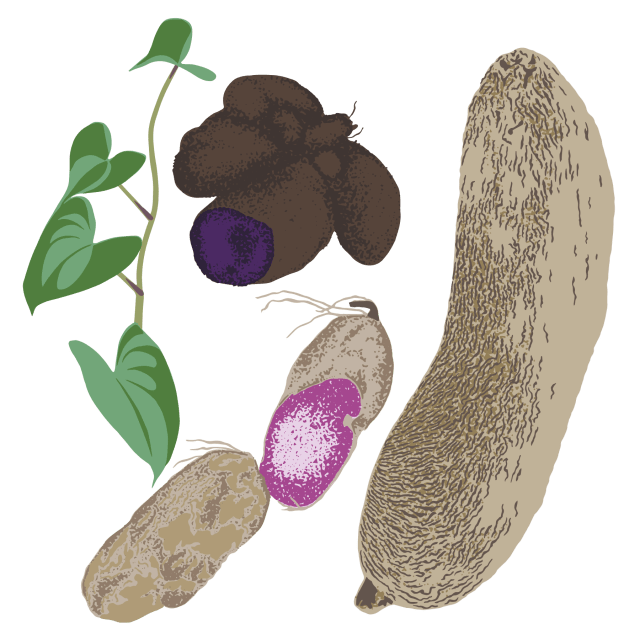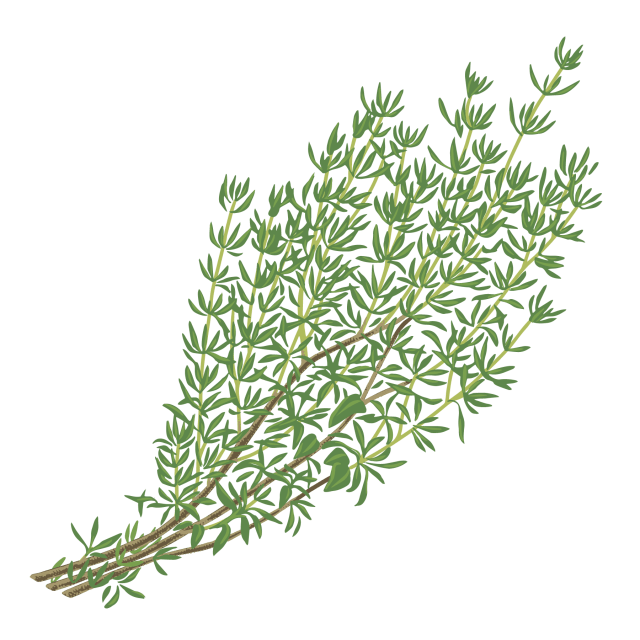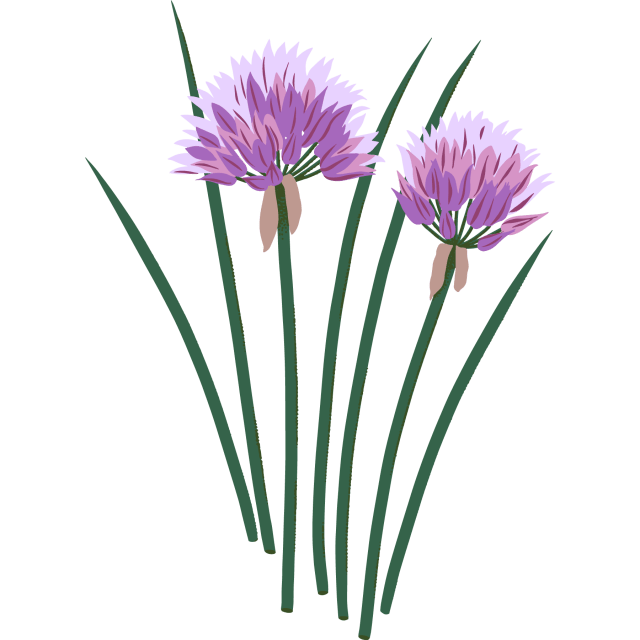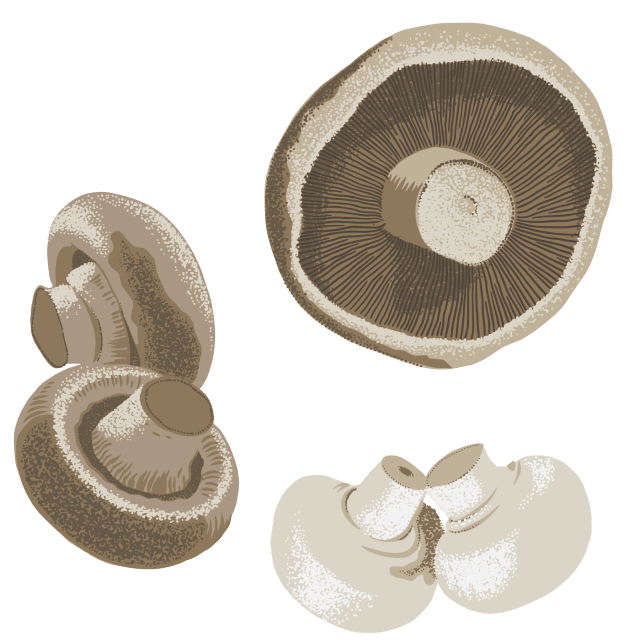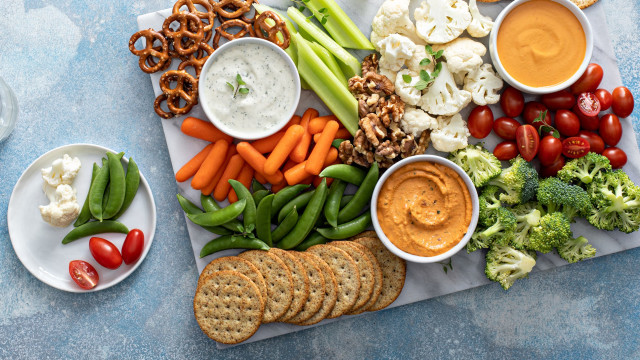Potato

Latin name: Solanum tuberosum
Other names: Spud, tater
Uses: vegetable, dehydrated (flakes), alcohol, starch
What are potatoes?
Potatoes are the tuberous roots of bushy annuals in the nightshade family. Domesticated in Peru and Bolivia around 7,000 to 10,000 years ago, there are now around 4,000 varieties of potatoes. They were introduced to Europe (along with other New World crops) by Spanish colonizers in the 1500s, and from there the starchy tuber spread like wildfire, quickly establishing itself as one of the most important foods to span the globe.
By some estimates, a quarter of all population growth of Europe from 1700 to 1900 — and a half-inch height increase in European adults — can be attributed to the potato’s arrival on Old World soils.
Why are potatoes healthy?
Potatoes are a versatile complex carbohydrate: high in fiber, vitamin C, and potassium. Be advised that the anthocyanin content in purple potatoes provides 3-4 times the antioxidants of paler varieties. All potatoes contain resistance starch, which improves gut health, and they may also help manage blood sugars, reduce the risk of heart disease, and improve immunity.
What do potatoes taste like?
Potatoes aren’t generally eaten raw, probably because they taste like starchy soil. But once the Maillard reaction transforms its carbohydrates during cooking, the potato becomes earthy and nutty-sweet, taking on malty-caramel notes, especially after roasting. Browning and frying intensifies these flavors, while steaming or boiling brings out the fluffy and creamy texture.
How do I use potatoes?
Different varieties of potatoes have varying characteristics, but some potatoes are all-purpose. The fluffy-floury flesh of a russet is ideal for baking, dumplings like pierogi and gnocchi, potato-leek soup, or mashing (purple varieties also make stellar mashed potatoes). Its thick skin makes russets great baked and topped with sour cream and chives; its size also makes it a strong candidate for french fries.
Treat tender and thin-skinned fingerling or new potatoes with a light touch: roast them whole on a sheet pan with a drizzle of oil, a few sprigs of thyme, and a good sprinkle of sea salt.
Starchy Yukon Golds or red potatoes hold their texture well after slicing, making them perfect for salads (like Niçoise), a creamy gratin or buttery Hasselback, or in chunky stews and chowders.
Use waxy potatoes in Indian dishes like aloo gobi, where you stew potatoes directly in the curry — their firmer texture won’t disintegrate during cooking. Potato dishes like patatas bravas, papas arugados, and tortilla española are served at every tapas bar in Spain, and classic South American dishes like causa and spicy ajiaco are as sophisticated as they are delicious.
What do potatoes pair well with?
Potatoes love garlic, dairy, herbs, and their nightshade cousins (peppers, eggplant, and tomatoes).
Where do potatoes grow?
Though potatoes originated in South America, they now grow around the globe, with China and India leading world production by a large margin. They’re also widely grown in Eastern Europe, where potatoes and cabbage are staples, and the United States, which never met a french fry or potato chip it didn’t like.
Potatoes tend to do well in cooler climates, which is a big reason they were embraced across the northern climes of Europe. To grow them yourself, the easiest way is to bury chunks of potato in the soil. Just make sure there’s an eye on each chunk and you’ll have your own crop in a few months.
How to buy potatoes:
Look for firm specimens with no soft spots or sprouting eyes. Store them in a cool, dark place away from onions, which make potatoes sprout faster.
Fun potato fact:
We don’t usually think of potatoes as being particularly acidic, but you can nonetheless use them as batteries, using zinc and copper electrodes and the potato’s acids allow the electrons to flow back and forth, acting as a salt bridge between the anode and cathode to create an electrical current.
